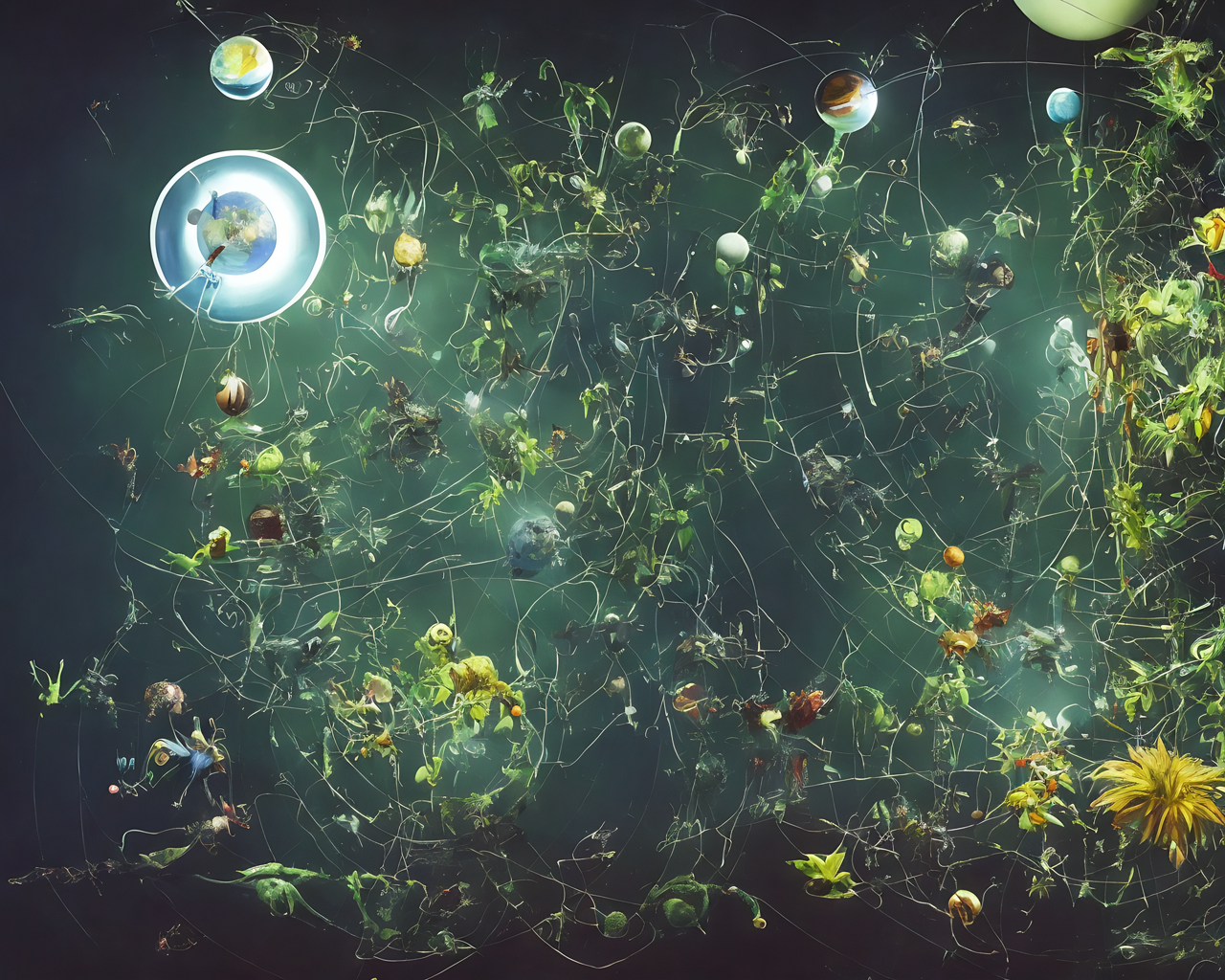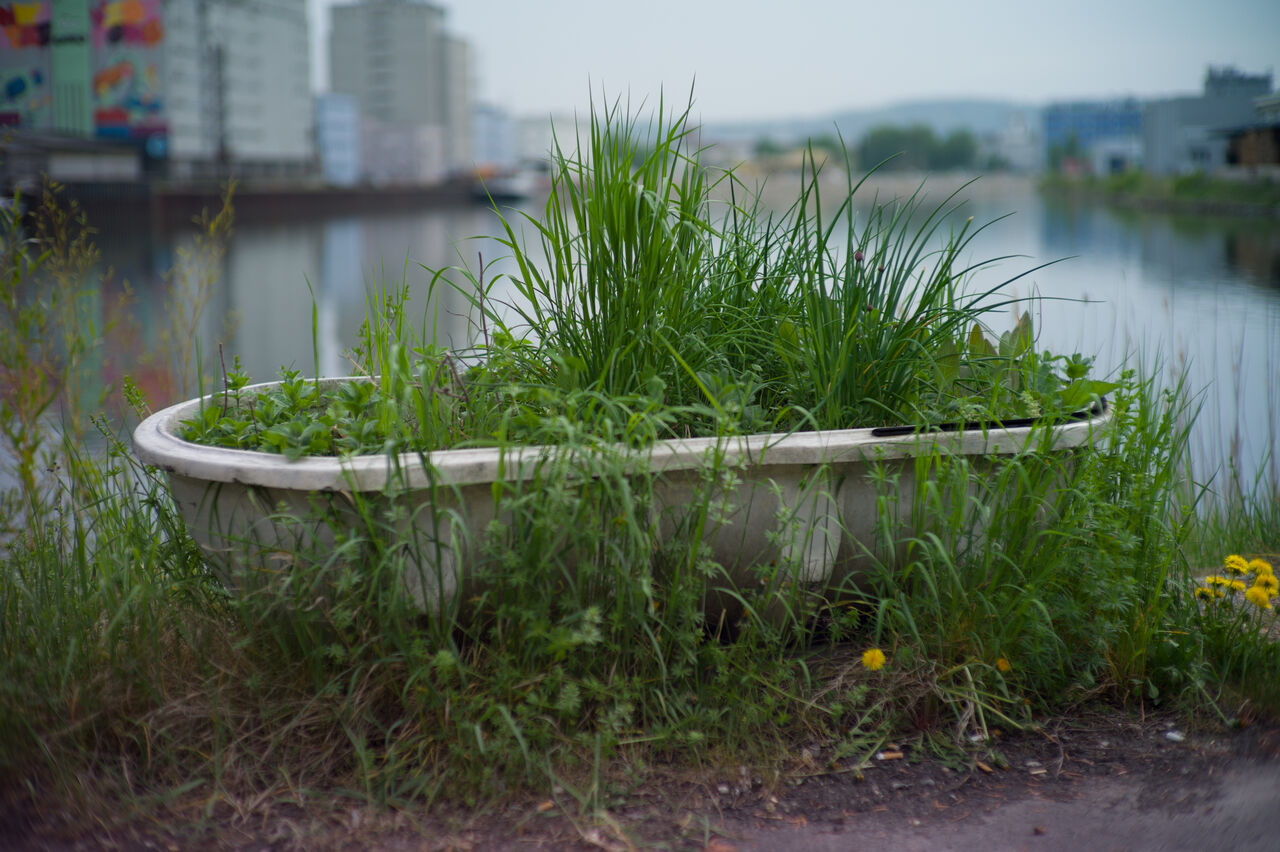We cultivate plants to cultivate the garden within
On The Practice of Gardening or The Growing of Worlds
With excerpts from groWorld: Experiments in Vegetal Culture

Gardening is humanity’s most direct hand-to-leaf interaction with living plants. A lesson in human-plant interdependence. A mutually beneficial interaction, making it possible to feed humans by feeding the earth. Long before planting a single seed, gardening begins on the ground. In the soil, the mud, the compost; the porous, dark matter of the planet formed by the accretion of beings no longer alive. Animals, plants, minerals, crushed together by biological and geological forces into a miraculously life-giving substance. Tending to soil creates habitats for plants, fungi, insects, and diverse micro-organisms. It (re)generates ecosystems from the ground up.
Above ground, gardening is a slow exercise in patience, observation, and appropriate action. Plant seeds and watch them transform into vegetal forms. Attend to the needs of individual plants and plant collectives. Carefully, respectfully harvest their gifts. Leaves, fruits, vegetables; colours, scents, flavours; shade, greenness, oxygen. Enjoy. Let the garden rest. Compost dead matter. Adapt to changing conditions. Repeat.

Gardening can be a purposeful cultivation of plants as food and medicine. It can also be a meditative activity that allows us to contemplate the effects of our actions on our immediate surroundings. Across the fences and hedges, gardening can become a collective endeavour that brings communities together to resist monocultural hegemony. Growing food, meditating, and building a community wrapped in a simple, enduring, reciprocal action of tending to plants. On windowsills, rooftops, backyards, church yards, unused lots, or public parks.

Gardening will emerge as one of the major economic forces of resistance.
—Peter Lamborn Wilson, Avant Gardening.
Plant Guilds & Earth Dumplings
❧